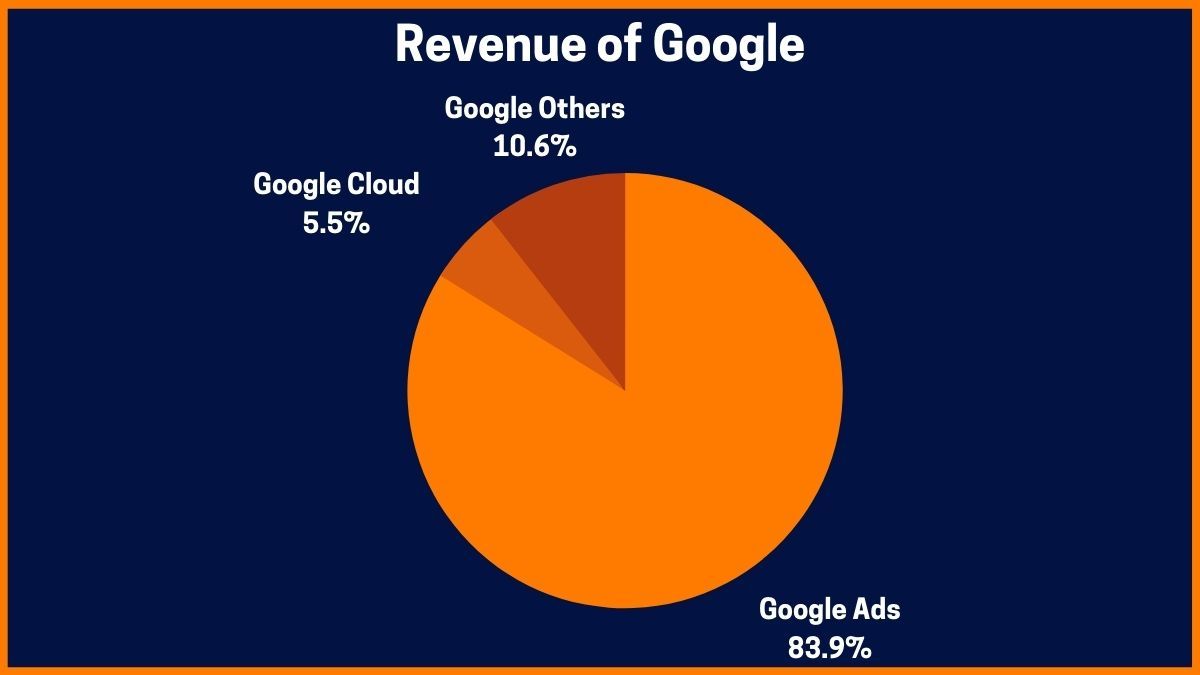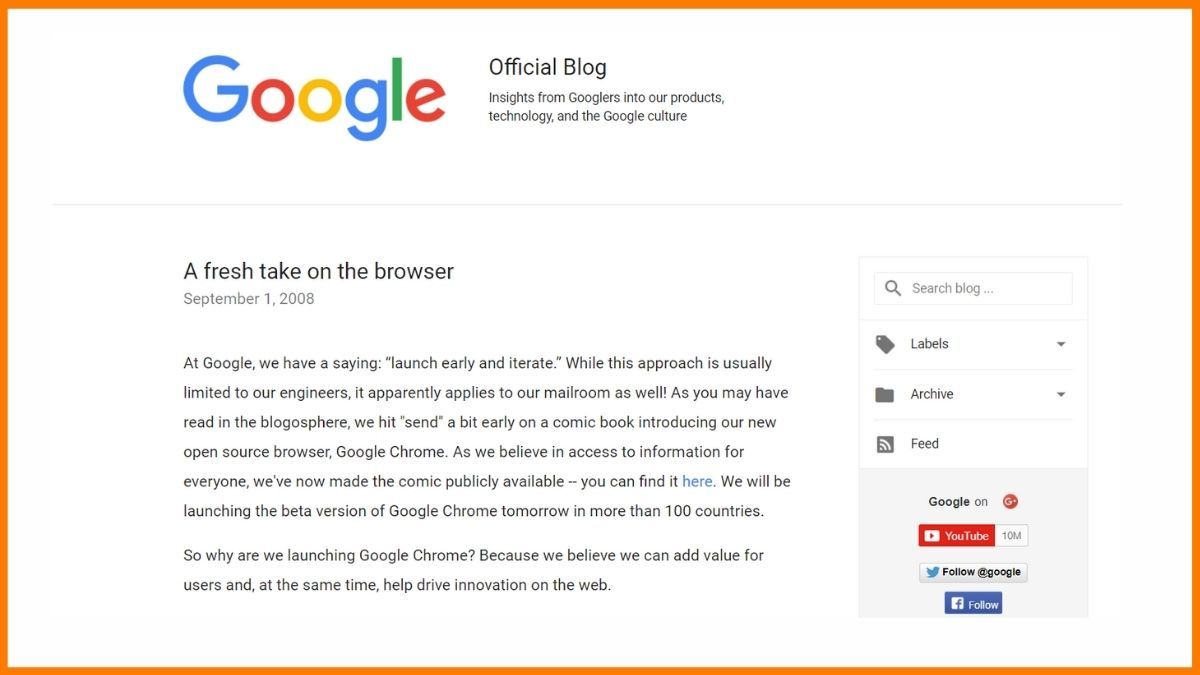What if your personal search on the internet gets leaked? These days, we might not know what could happen next, with one touch of your fingerprints leads to a terrible episode. Hackers are well known about this fact in misleading the given information with just one click on the history of our personal search engine.
For instance, if you’re ferreting, how do you deposit money in the bank? On google, then the next time, you may get an email regarding the question you have searched on Google. Later, the mail asks you to do the Call to Action in the mail, then without any second thoughts, you would go and click for the mail. And next your account in which you are planning to deposit a hefty amount gets hacked.
That’s wherein an internet privacy company- DuckDuckGo on 25th September 2008 with an intention to safeguards your personal information under your control and conditions without any tradeoffs.
DuckDuckGo has developed as an idea for a better search engine that risks its terms to protect your personal information on the internet. In the world, Google tracks down our private stuff, where DuckDuckGo comes in with an audacious move to challenge the hacker by protecting our search history with the help of its own private search engine. Moreover, DuckDuckGo plays as an anonymous website in order to impede user’s private search into the public.
Where does DuckDuckGo operate
Main Product and Services of DuckDuckGo
Target Audience of DuckDuckGo
Business Model of DuckDuckGo
How does DuckDuckGo makes money?
FAQ
Where does DuckDuckGo operate
DuckDuckGo commenced its operation in 2008, where its headquarters are located in Paoli, Pennsylvania, United States. The company was founded by Gabriel Weinberg and renders services worldwide.
Main Product and Services of DuckDuckGo
DuckDuckGo has a search engine that bestows utmost service to protect your personal information to an indefinite extent. DuckDuckGo guards the searcher’s privacy without any trade-off and eliminates the filter bubble of personalized search results.
Recently; DuckDuckGo introduced Email Protection, as email plays a vital role in opening a Google account and ultimately shows what stuff you have looked on Google, comes as a suggestion in your email account. This could be done with the help of DuckDuckGo Email protection by hiding your address.

Target Audience of DuckDuckGo
DuckDuckGo plays the protective card in many searchers, without getting into the wrong hands. Their only ultimate aim is to protect the personal information, which has been ferreted by the users generally on the internet. So, DuckDuckGo proposes to earn the trust and confidence of internet users.
Business Model of DuckDuckGo
DuckDuckGo doesn’t store any personal information about people’s search as well as take utmost care in protecting people’s search. The company uses its search engine to create buzz, where your search history relies upon DuckDuckGo.
Besides, DuckDuckGo established an alternative search engine and also generates additional apps to protect your private stuff from Google, Facebook, WhatsApp and other possible tracker apps.
You may wonder, how does DuckDuckGo earn revenue out of this? The answer is Advertisement and anonymous affiliate.
DuckDuckGo sells advertisements directly based on the user’s interest and spurns the method of hyper-targeted advertising systems of Google and Facebook.
On the other hand, DuckDuckGo earns revenue in terms of having an affiliate relationship with other unbeknownst companies to spike their business technology requirements.

How does DuckDuckGo makes money?
DuckDuckGo being a search engine earns its revenue from the number of searches they get on their platform. But the unique feature of its business model mainly focuses on advertising and commission or affiliate programs.
Advertising
DuckDuckGo earns money from advertisements without jeopardizing the privacy of its users by sending advertisements from the keywords typed on the search bar. They do not show targeted advertisements based on search history, web history or interests of a person. The user is also given an option to disable the advertisement showing on the page.
Affiliate Marketing
DuckDuckGo uses affiliate marketing to earn more profits. The company uses Amazon and eBay affiliate programs to earn. When people use DuckDuckGo to go to the Amazon site and buy a product, DuckDuckGo receives an affiliate commission from Amazon.
The Amazon Commission rate ranges from 1-10 per cent based on the product category. The eBay partner program gives 1-6 percent commission to DuckDuckGo on purchase.
The value earned by DuckDuckGo from these revenue forms can’t be calculated or known because the number of people using the search engine isn’t known because of the company’s privacy rules.
Conclusion
DuckDuckGo is considered the best search engine that offers privacy to its users. At times privacy is difficult with the usage of the internet and mobile phones that track our location and activity, DuckDuckGo offers its users a chance at privacy. As of March 2021, the company had 97,653,174 searches on an average daily.
The company doesn’t have stock that is listed, since stockholders would have control over the company and can push to make changes to the belief of the company which is privacy.
The belief of the company that user privacy is the goal of the company has caught the attention of people who are reeling back to gain their privacy and thus making the search engine gain more traction.
FAQ
What is DuckDuckGo?
DuckDuckGo is a company that deals with internet privacy. It is a completely anonymous search engine that provides the same results to all its users since the search results to its users based on their search history, web history or their interests.
Who is the founder and owner of DuckDuckGo?
DuckDuckGo was founded by Gabriel Weinberg in 2008 and the company is headquartered in Paoli, Pennsylvania, United States. Previously, Gabriel Weinberg had launched a social network application which is now defunct, Names Database. He has also drafted a bill called Do-Not-Track Act 2019 for complete privacy protection.
How does DuckDuckGo make money?
DuckDuckGo makes money by using two forms of revenue: Advertising and affiliate marketing. Advertising based on the keywords on the search box and affiliate revenue through Amazon and eBay affiliate programs.


































